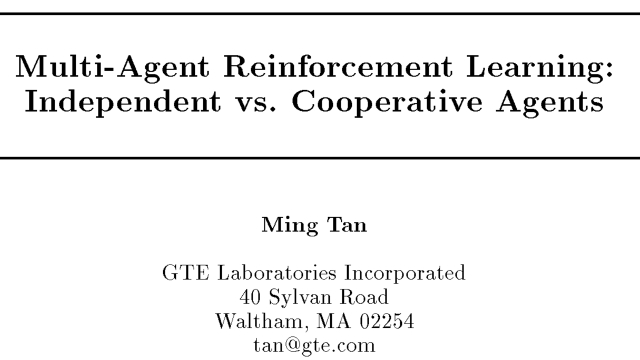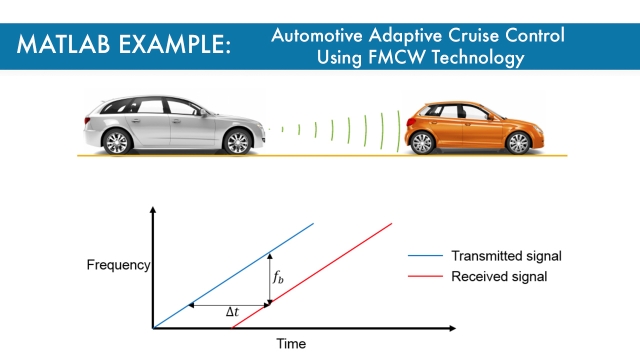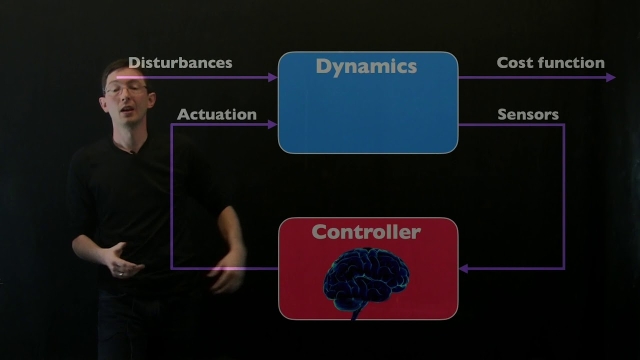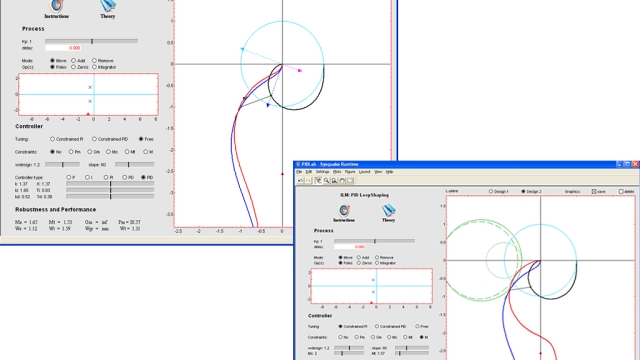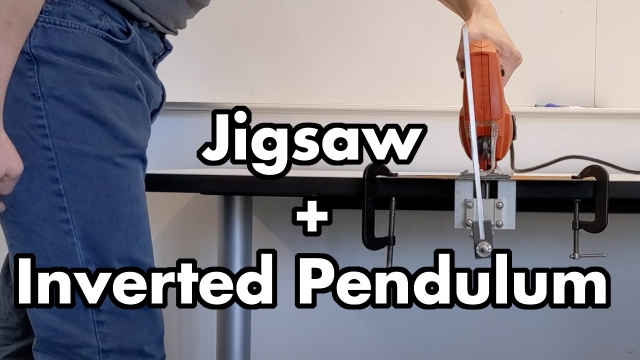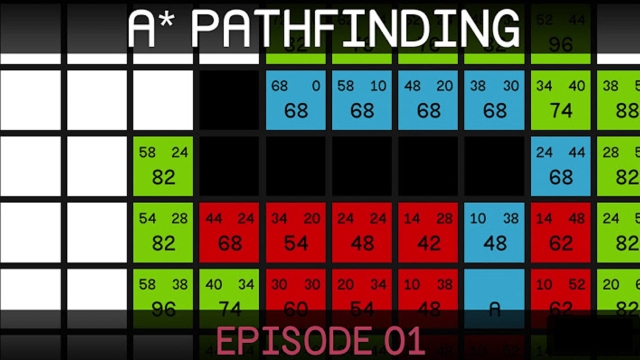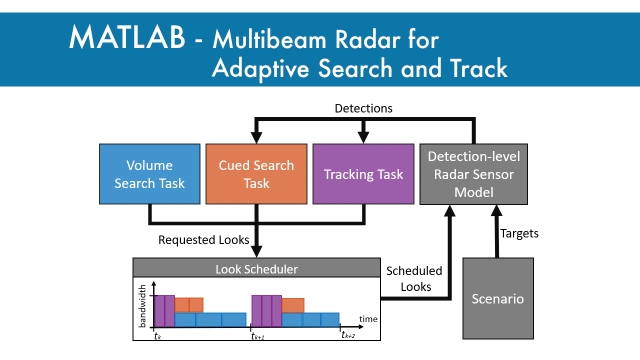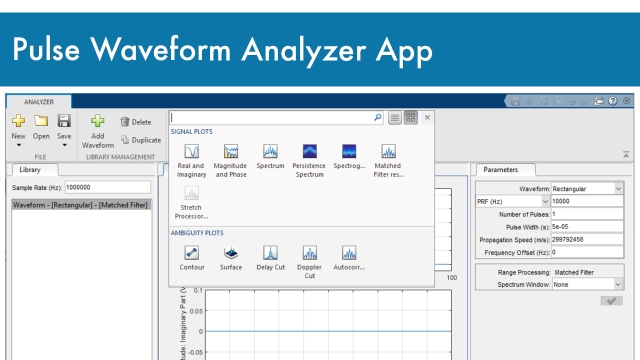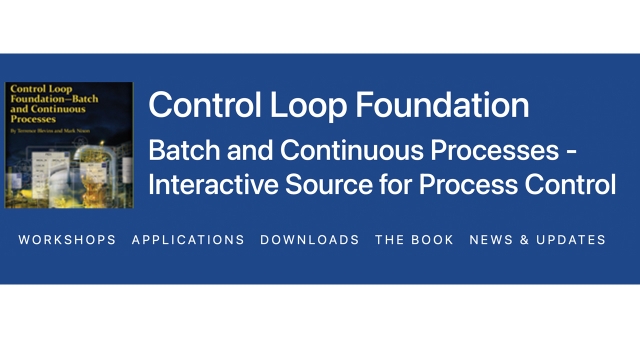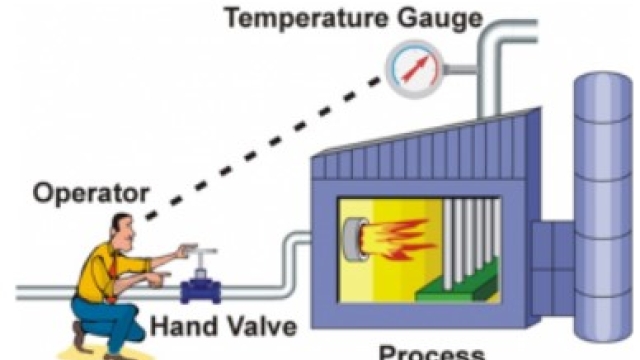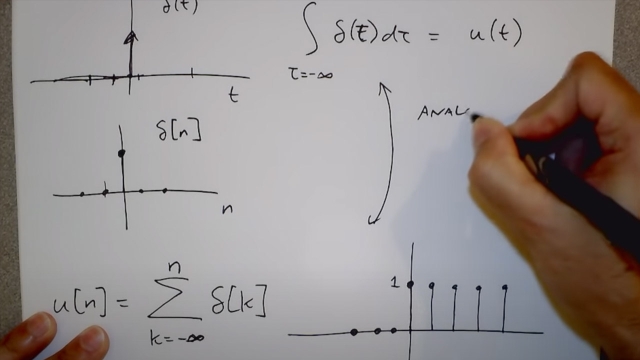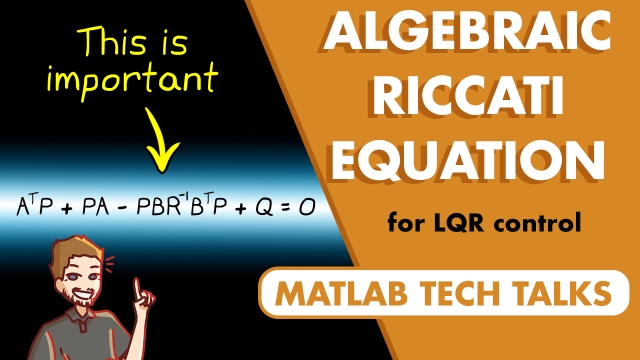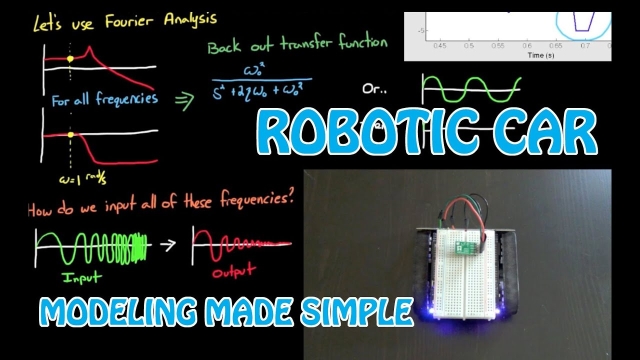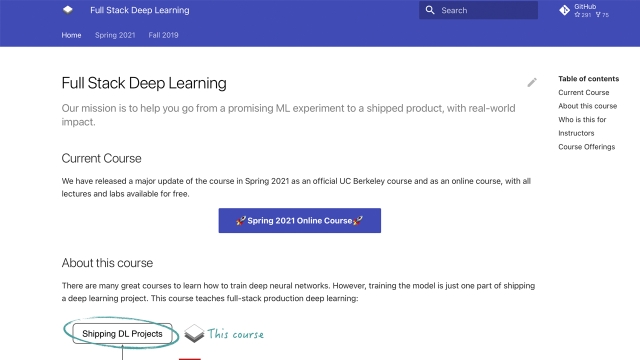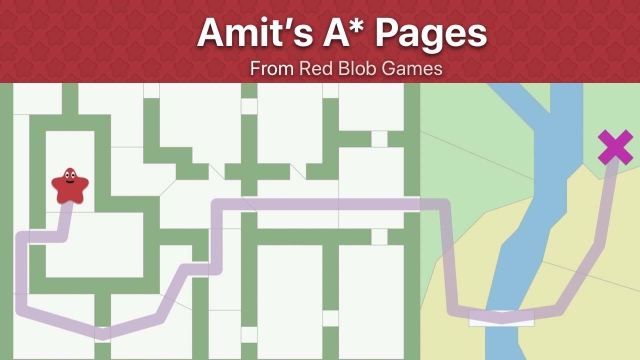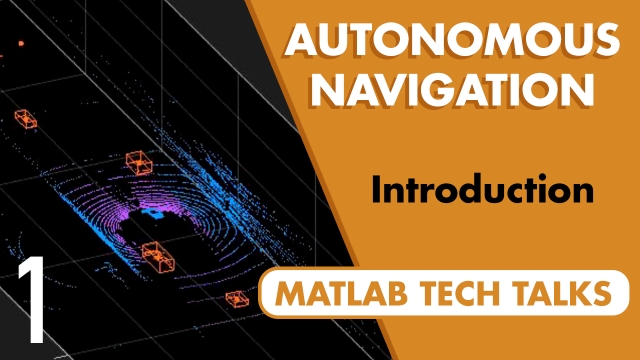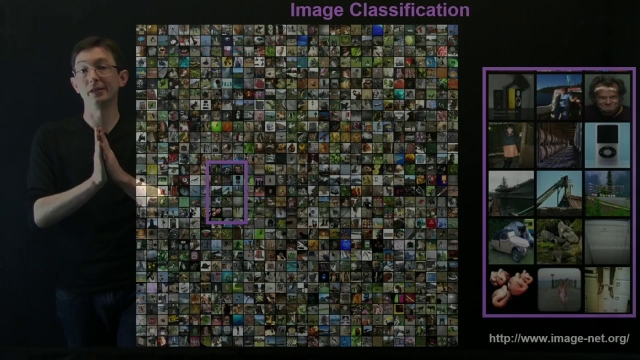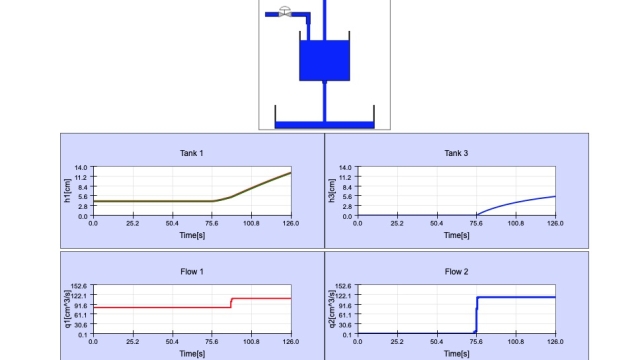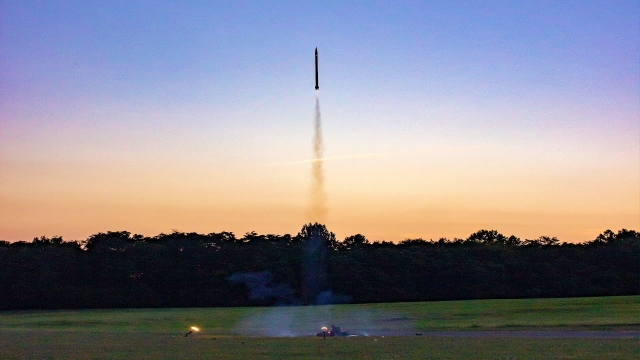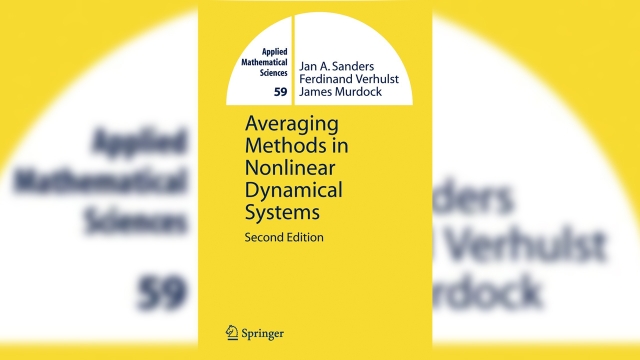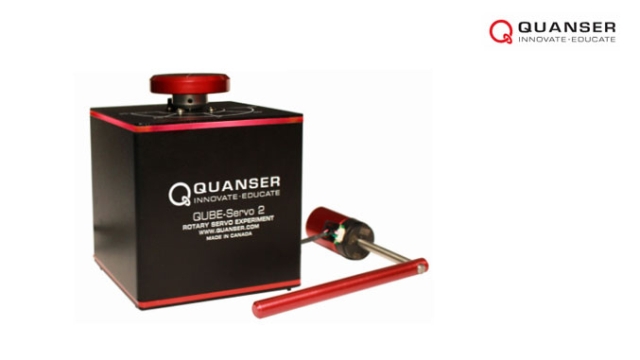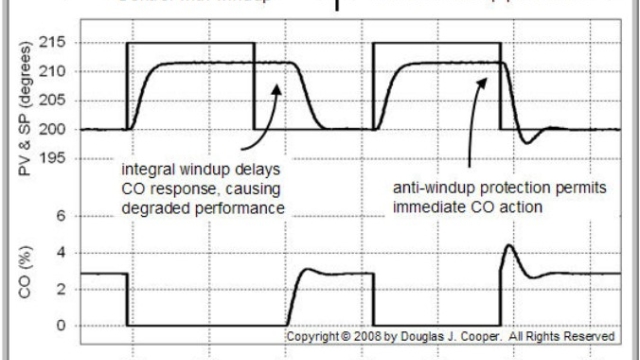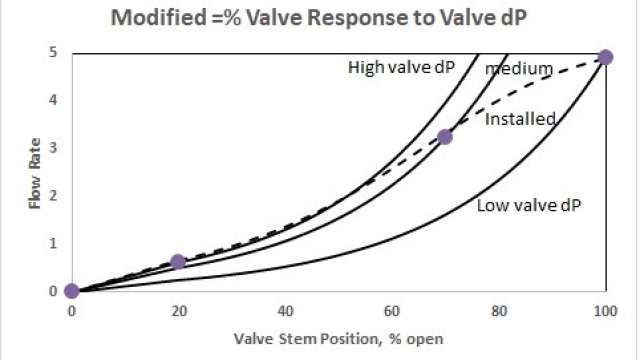
Type
Experience
Scope
Multi-Agent Reinforcement Learning: Independent vs Cooperative Agents
From the Abstract:
Intelligent human agents exist in a cooperative social environment that facilitates learning. They learn not only by trialand -error, but also through cooperation by...
See MoreAutomotive Adaptive Cruise Control Using FMCW Technology
This MATLAB example shows how to model an automotive adaptive cruise control system using the frequency modulated continuous wave (FMCW) technique. This example performs range and Doppler...
See MoreMachine Learning Control: Overview
This lecture provides an overview of how to use machine learning optimization directly to design control laws, without the need for a model of the dynamics.
See MoreInteractive Tool for Loop Shaping understanding based on PID control
Loop shaping is a design method where it is attempted to choose a controller such that the loop transfer function obtains the desired shape. In this module the loop transfer function is...
See MoreSuspending a pendulum in its inverted position using a jig saw (Take 1, norm...
When a pendulum is attached to a jig saw, strange things can happen! :)
See MoreA* Pathfinding (E01: algorithm explanation)
Welcome to the first part in a series teaching pathfinding for video games. In this episode we take a look at the A* algorithm and how it works.
See MoreMultibeam Radar for Adaptive Search and Track
This MATLAB example shows how to use radarDataGenerator for a closed-loop simulation of a multifunction phased array radar (MPAR). The example starts by defining MPAR system parameters and...
See MorePulse Waveform Analyzer App
The Pulse Waveform Analyzer app lets you explore the properties of signals commonly used in radar. You can display 2-D and 3-D plots that let you visualize waveform time series and spectra.
... See MoreControl Loop Foundation Batch and Continuous Processes - Interactive Source ...
Control Loop Foundation contains workshops that allow the reader to get hands on experience through this web interface. Once a lab is selected, then you may access workshop directions and...
See MorePID Explained
A qualitative explanation of P, I, & D actions using graphs.
See MoreDSP Lecture 1: Signals
This is a video lecture for ECSE-4530 Digital Signal Processing by Rich Radke, Rensselaer Polytechnic Institute.
See MoreWhy the Riccati Equation Is important for LQR Control
This Tech Talk looks at an optimal controller called linear quadratic regulator, or LQR, and shows why the Riccati equation plays such an important role in solving it efficiently. The talk...
See MoreRobotic Car - A Simple Way to Build a Model
You don't always have to work out the math in order to build up a model of your system. Sometimes generating a model is as easy as running a simple test and inspecting the results. I show...
See MoreMATLAB Documentation page: nlarx command
This is the Mathworks documentation page for the nlarx MATLAB command.
See MoreFull Stack Deep Learning
There are many great courses to learn how to train deep neural networks. However, training the model is just one part of shipping a deep learning project. This course teaches full-stack...
See MoreProjectile Motion Equations and Theory
In this video, an important topic under 2D Kinematics i.e. Projectile Motion, is covered. Its theory, equations, and examples are thoroughly discussed.
See MoreIntroduction to the A* Algorithm
An interactive visual explanation of the A* algorithm using motivating examples from computer games.
See More
Autonomous Navigation, Part 1: What is Autonomous Navigation?
Navigation is the ability to determine your location within an environment and to be able to figure out a path that will take you to a goal. This video provides an overview of how we get a...
See MoreMachine Learning: What is easy, medium, and hard?
This video gives a brief overview of what is easy, medium, and hard in machine learning, explored through case studies. Progress in machine learning is rapidly advancing, and changing the...
See MoreVirtual Lab for a Two-tanks system
This is a virtual lab for a two-tank system that can be used for modelling and control learing/teaching purposes. Open-loop tests and closed-loop simulatons based on PI control or PI plus...
See MoreSprint - Test Flight 8 and Data Review
This video is part of a series that details the design, build, and test of Sprint - a thrust vector controlled model rocket by Joe Barnard of BPS Space.
See MoreAveraging Methods in Nonlinear Dynamical Systems
Perturbation theory and in particular normal form theory has shown strong growth during the last decades. So it is not surprising that the authors have presented an extensive revision of the...
See MoreQuanser QUBE-Servo 2: Low-cost Teaching Platform for Controls
The Quanser QUBE-Servo 2 is a fully integrated, modular servomotor lab experiment designed for teaching mechatronics and control concepts at the undergraduate level. Ideal for teaching speed...
See MoreIntegral Wind-Up and Solution
What is integral wind-up and how velocity mode solves it.
See MoreUnderstanding Valve Flow Characteristics
The response of flow rate through a control valve depends on the friction losses in the piping in which it is installed as well as the controller signal. The installed characteristic (a...
See More
